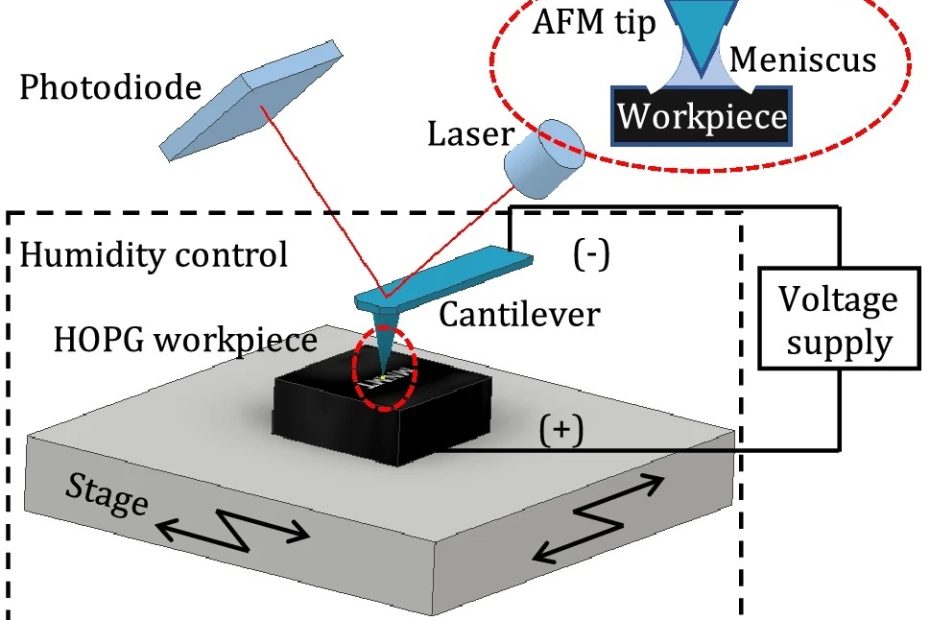Single Electrochemical Impacts of Shewanella oneidensis MR-1 Bacteria for Living Cells Adsorption onto a Polarized Ultramicroelectrode Surface
In the past few years, several novel analytical methods with high sensitivity and spatial-temporal resolution that enable qualitative and quantitative analysis at single-cell and subcellular… Read More »Single Electrochemical Impacts of Shewanella oneidensis MR-1 Bacteria for Living Cells Adsorption onto a Polarized Ultramicroelectrode Surface






